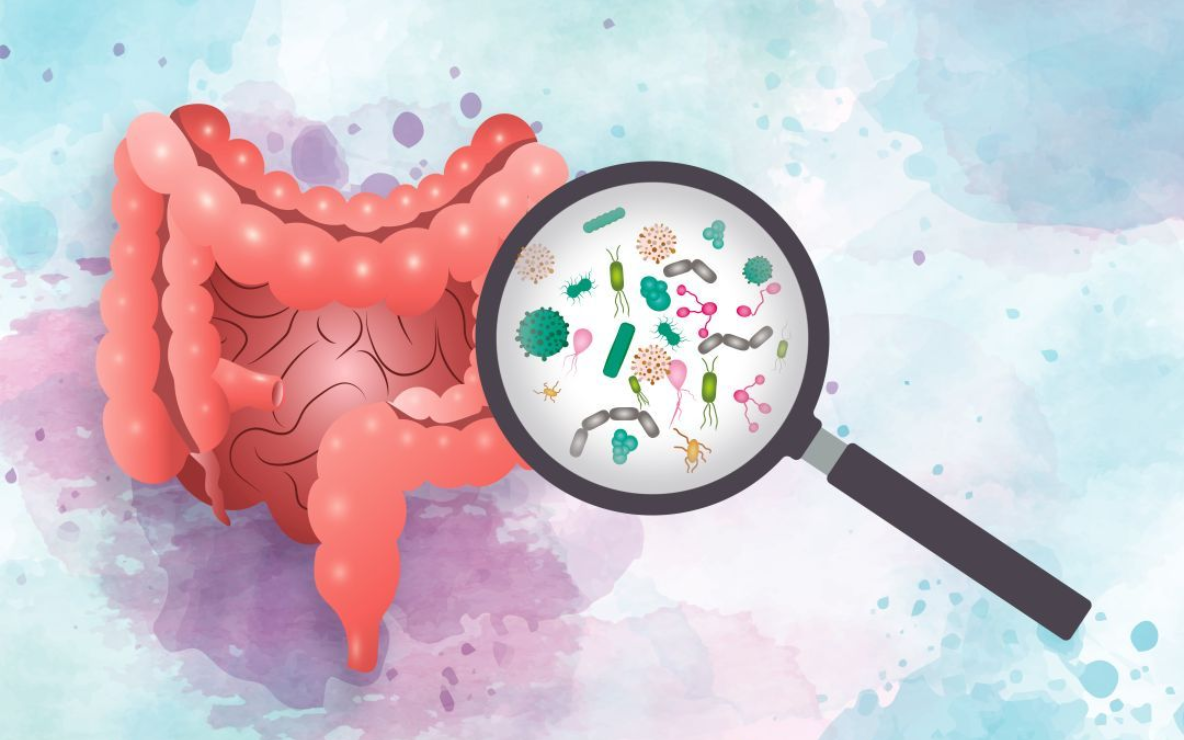Why Ageing Seems to Speed Up at 44 and 60
“From Slow Fade to Sudden Shift: Understanding Ageing’s Two Big Jumps”

Recent research (notably from Stanford Medicine) shows that ageing isn’t a slow, linear decline—it seems to occur in waves, with particularly sharp shifts in our biology around ages 44 and 60.
What the Research Found
Here are the key findings:
- The study followed 108 individuals aged 25 to 75, collecting repeated biological samples (blood, microbiome, etc.) over several years.
- Researchers tracked over 135,000 molecules and microbes (RNAs, proteins, metabolites, and microbes living in/on us) and looked for how their levels changed with age. Most did not change smoothly over time, but instead had periods of more dramatic change.
- Two ages stood out: about 44 years and about 60 years. At these ages, many markers showed greater shifts than at other times.
Biological Changes at Around Age 44
Some of the changes observed in the mid-40s include:
- Molecules connected to fat/lipid metabolism begin to shift.
- Changes in how the body processes alcohol and caffeine.
- Early changes also in markers linked to cardiovascular health.
These changes may correspond with what many people notice as “mid-life” issues: metabolism slowing, stamina or recovery dropping, sensitivity to substances, perhaps some weight gain or shifts in energy.
Biological Changes at Around Age 60
The early 60s see additional, and often more pronounced, changes:
- Greater shifts in immune regulation — the immune system’s responsiveness often declines, inflammation tends to become more of an issue.
- Changes in carbohydrate metabolism and increased risk for type 2 diabetes or impaired glucose handling.
- Declines (or shifts) in kidney function and perhaps other organ systems.
- Continued changes in skin, muscle strength, and structure.
Why These Ages?
Researchers are still working out why these specific ages show spikes. Some suggestions:
- These could be times when accumulated damage, wear-and-tear (from lifestyle, metabolism, environmental exposures etc.), begin to outpace the body’s capacity for repair.
- Hormonal changes (though the study noted that changes seen in mid-40s also appear in men, so it's not only tied to female perimenopause) may contribute to shifts in metabolism, body composition, or vascular health.
- Decline in resilience of systems (immune, cell repair, metabolic) may hit tipping points around these ages.
How to Slow (or Soften) These Spikes
Knowing these “wave” ages exist gives us strategic points to take action. Here’s what you can do to help maintain health and slow down age-related decline around these critical periods.
- Eat well – Focus on antioxidants (fruits, veggies, whole grains), limit processed foods, alcohol, and smoking.
- Stay active – Combine cardio with strength training to protect metabolism, muscle, and insulin sensitivity.
- Maintain a healthy weight – Helps reduce inflammation and overall strain on the body.
- Prioritise sleep & stress management – Good rest and stress control support healthy ageing at the cellular level.
- Have regular health checks – Monitor blood sugar, lipids, kidney, cardiovascular markers, and hormones for early detection.
- Support your immune system – Stay nourished, exercise moderately, keep vaccinations up to date, and reduce infection risks.
- Look after skin & muscles – Use sunscreen daily, eat enough protein, and do resistance training to maintain strength and structure.
The Bottom Line
Ageing doesn’t creep up evenly—it appears to jump in relatively sharp spurts at around ages 44 and 60, affecting metabolism, immunity, organ function, and more. But it’s not an inevitability that those changes must be severe. By being proactive—especially in your 30s and 40s—you can build resilience and potentially ease the impact of those ageing waves.
References
- Shen, X., Snyder, M. P., et al. (2024). Massive biomolecular shifts occur in our 40s and 60s. Stanford Medicine.
- Medical News Today. (2024). Aging human body experiences ‘really dramatic changes’ at 2 ages: study.
- Nature Aging (2024). Nonlinear dynamics of multi-omics profiles during human aging.











